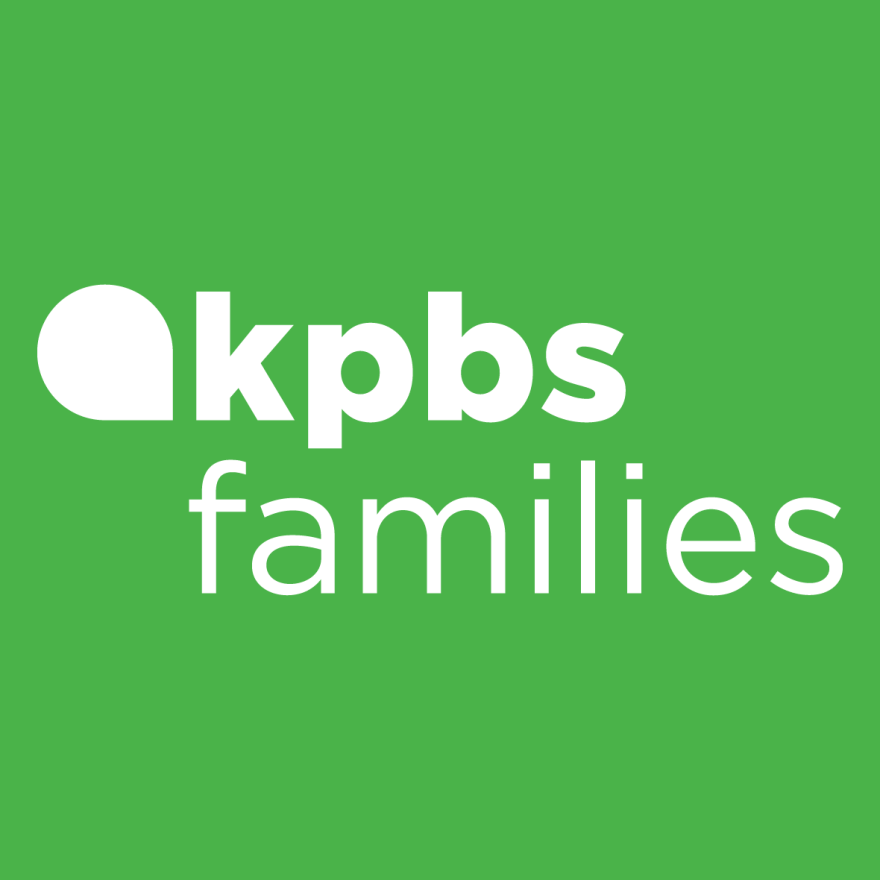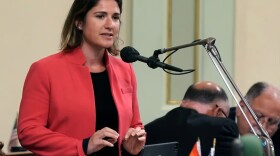Schoolyards are hot and getting hotter, but only a tiny fraction of California’s grade school students can play in the shade.
Researchers and advocates are pushing the state to allocate money for green schoolyards, which can include trees, grass or gardens in place of the flat asphalt or rubber play surfaces at most schools.
With the help of more than $121 million in state grants, 164 schools already are on their way to either designing or building green schoolyards. Many more applied for the school greening grants, with requests totaling more than $350 million for projects they hoped to build.
The high applicant numbers highlight growing demand for greenery at schools as the climate gets hotter. But with California’s Green Schoolyards program depleted and a state general budget deficit of $56 billion over the next two fiscal years, where will the money for green school projects come from?
Some environmental groups are pushing for a proposed climate bond that would include $350 million for the green schoolyards program. They also are pushing for a $1 billion carve-out in a proposed $14-$15 billion school infrastructure bond that could go before voters this November.
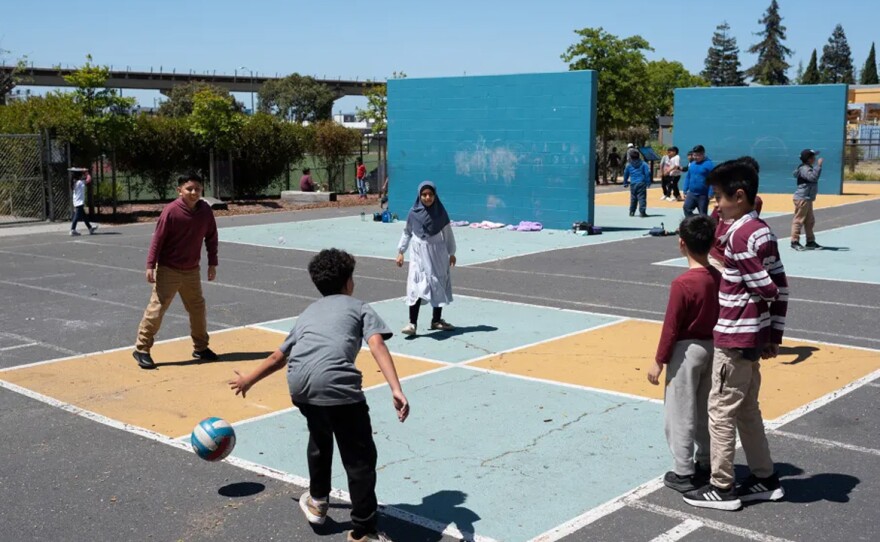
“It is well known that our K-12 schoolyards, play structures and campuses are among the most dangerous climate liabilities currently facing the state — principally due to the deadly heat and flood potential our kids are being exposed to now,” environment groups wrote in a letter to authors of two school infrastructure bond proposals, Assemblymember Al Muratsuchi, a Democrat from Torrance, and state Sen. Steve Glazer, a Democrat from Orinda.
Muratsuchi told CalMatters he is reluctant to dictate how schools should use bond money.
“I’m aware of their request, but we have many other requests to consider,” he said, such as funds for heating and air conditioning systems and solar energy on campuses. “But those priorities will be defined by local school districts.”
Learn more about legislators mentioned in this story.
Steven GlazerDemocrat, State Senate, District 7 (Orinda)
Al MuratsuchiDemocrat, State Assembly, District 66 (Torrance)
Students need outdoor shade
On a typical 90-degree day under full sun, grass can reach 95 degrees, while asphalt can hit 150 and rubber surfaced play areas can reach 165 degrees, according to research by the UCLA Luskin Center for Innovation.
Forget 90 degrees; other research predicts much of the country is on track for more than double the usual number of 100-degree days by midcentury. Fresno already averages 33 days of 100+ degrees each year, Sacramento has 19 and Riverside has 14, federal weather data shows.
Unrelenting sun and high heat are bad for kids, the Luskin Center says: “Playing outside in the heat can lead to dehydration, headaches, heat stroke and other health impacts.”
Shade from trees is one of the best ways to cool things down, the researchers said, because it can reduce heat exposure to children by as much as 70 degrees.
But most of California’s schools lack tree canopy, and the trees that do exist on campuses are often around the perimeter, where students can’t access their shade during recess.
Green Schoolyards America, a nonprofit dedicated to building more green space on campuses, recently conducted a study of the tree canopy shading the state’s more than 10,000 public schools.
It found that an average of 6.4% of the school areas students access are covered by tree shade. More than 2.5 million students attend schools with less than 5% tree canopy in student areas.
That’s a far cry from what urban forestry and climate experts recommend. They say there needs to be enough trees to cover 30% of every city. Driven by that goal, Green Schoolyards America is pushing for ways to plant trees to cover at least 30% of each school area used by children during the day.
So far only 29,452 California students have that level of tree canopy, out of nearly 6 million students.
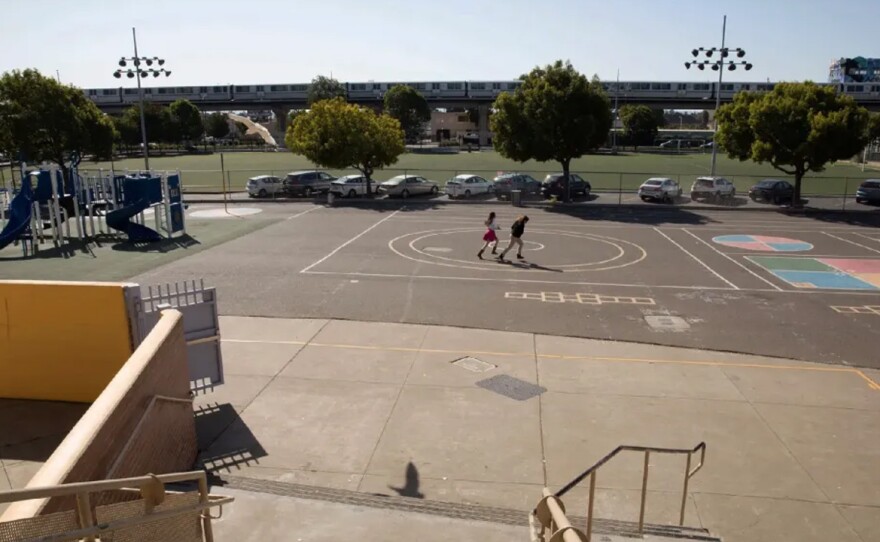
“This is a long-term infrastructure problem,” said Sharon Gamson Danks, chief executive of Green Schoolyards America.
“It’s not building a little garden in the corner. It’s actual infrastructure, on par with highway building. It’s an investment, and we want children to not be overlooked in preparing for climate and protecting their health.”
Most greening projects on school campuses include more trees, but they can also include mulch, grassy fields to replace asphalt, and wooden play and learning structures, said Šárka Volejníková, the Trust for Public Land’s program director for Bay Area parks.
The difference green space makes
At the César E. Chávez Education Center in Oakland, students — many from low income families — used to play on a yard that was 90% asphalt. The school is surrounded by freeways and industrial factories, and students suffer with high asthma rates, said Eleanor Marsh, the school’s former principal.
“In lower income areas the schools have more concrete,” Marsh said. “That is just the reality. And in higher income areas, kids have more natural play structures that have been fundraised for by PTA’s. It becomes an equity issue around mental health and access to core academics.”
The school received a $1.2 million grant from the California Natural Resources Agency’s Urban Greening program and worked with the Trust for Public Land in 2020 to completely renovate the schoolyard, adding more greenery, trees and play structures that would be cooler and more academically enriching.
Students were part of the process, taking the temperature of the asphalt and rubber playground and recommending alternatives.
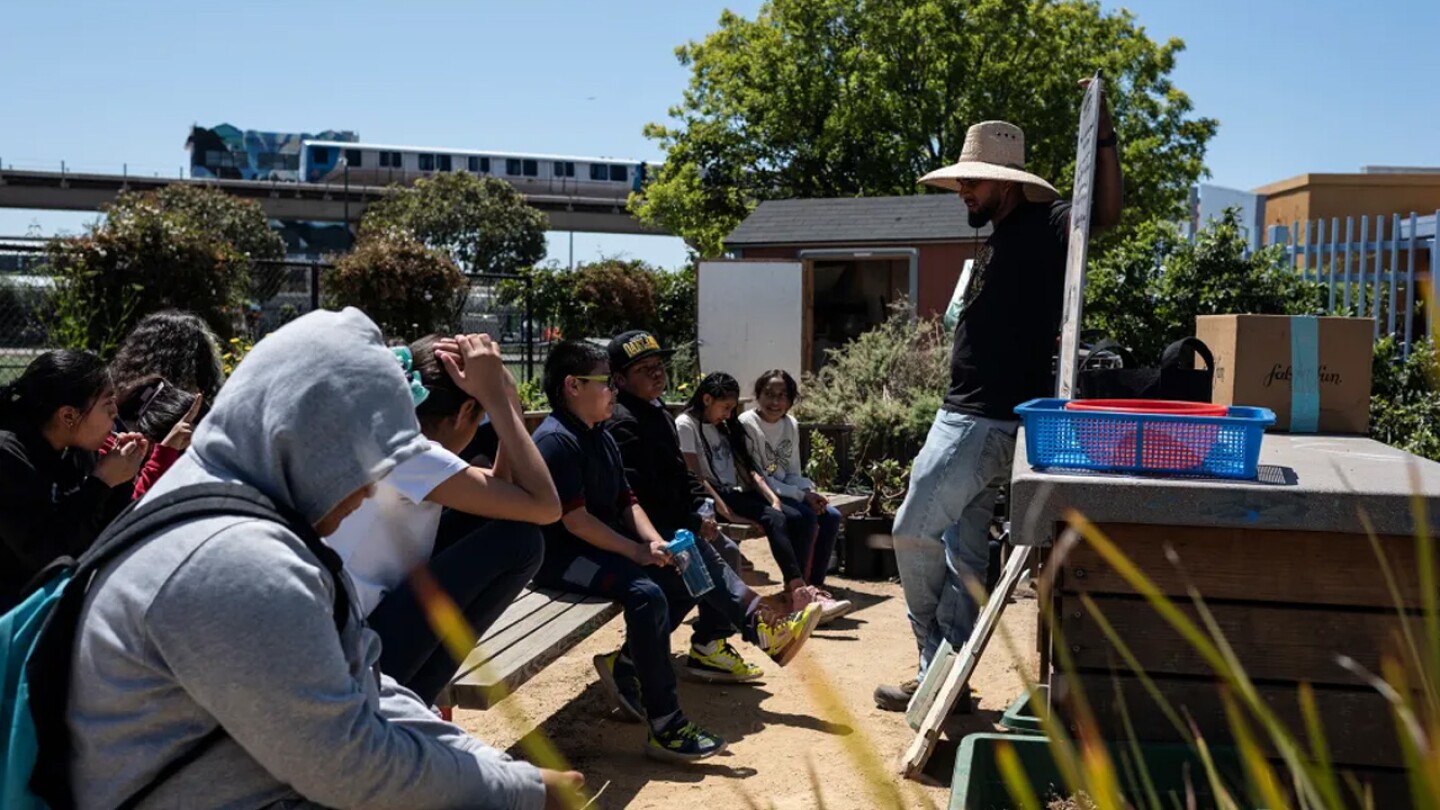
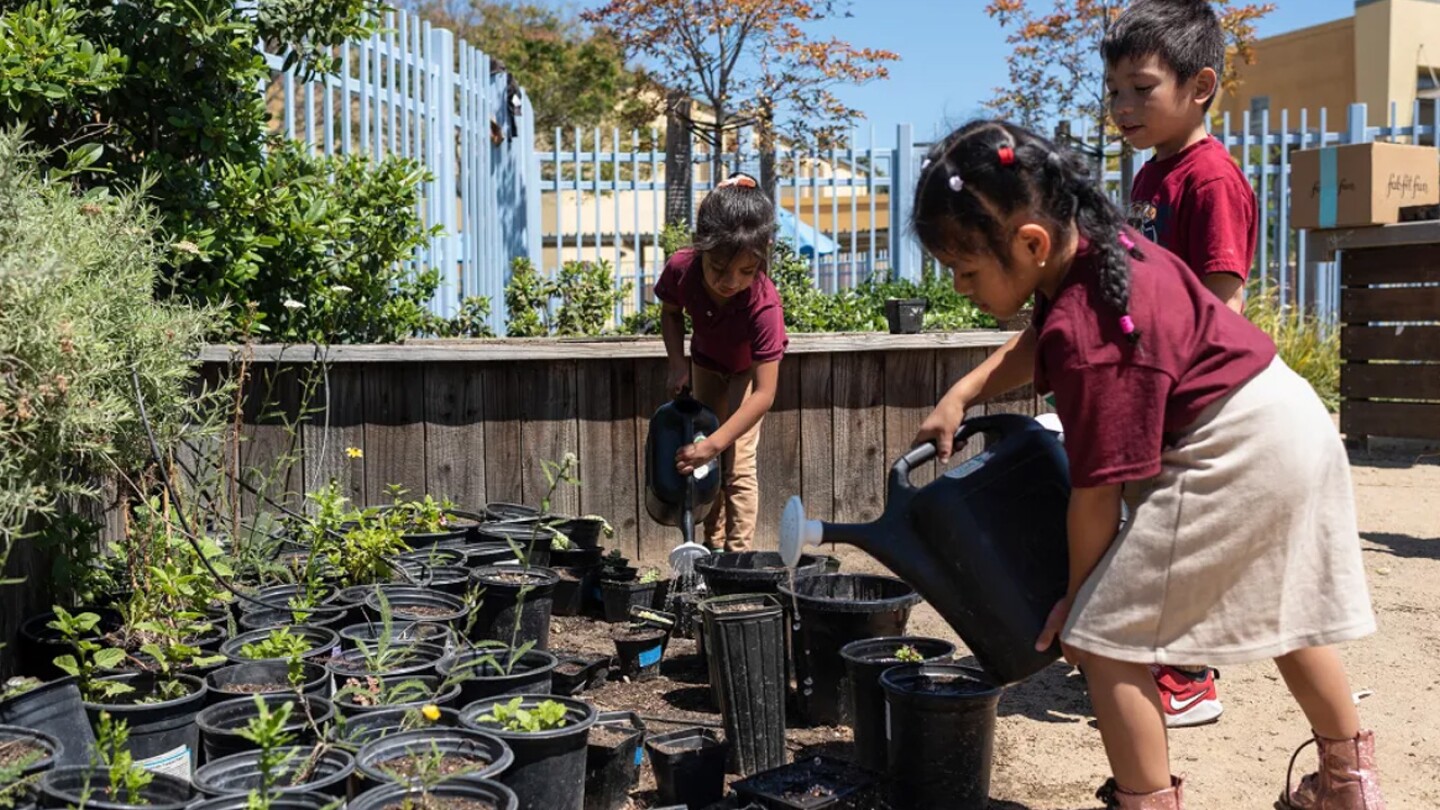
Now students take outdoor gardening classes and play and run through their new “river” made with bricks, which doubles as a stormwater runoff system on rainy days.
There’s no lack of enthusiasm for greening projects among educators, said Marsh, now principal at San Pedro Elementary School in San Rafael.
“Every public school in California is up against huge budget cuts,” she said. “There is no money at the school site level to improve the physical space for students. So we are really relying on support from the state.”
Where the money could come from
The time to dedicate more funding to green schoolyards is now, said Manny Gonez, director of policy initiatives for the Beverly Hills environmental group TreePeople.
The latest proposals for a climate bond, which would be paid off over many years, includes an ask for $150 million for an urban greening grant, which doesn’t exclusively fund school greening programs but has in the past. TreePeople also supports the request for $1 billion in the proposed school infrastructure bond.
“Ultimately the priorities for school facilities funding should be driven by educators and not by the environmental lobby.”Assemblymember Al Muratsuchi, Democrat from Torrance
Traditionally school bonds are for new school construction or renovation. School districts can apply for the state bond funds for projects and must provide local matching funds. There is money set aside for financially strapped districts that can’t provide as much of a local match.
“This is a small down payment to really scale up the work that the state has been doing with these 164 schools,” Gonez said, referring to schools that already have green schoolyard grants.
The Trust for Public Land wants money set aside for green schoolyard projects and for the most needy schools to get priority, said Juan Altamirano, the group’s director of government affairs.
Earmarking the funds in the proposed school bond would boost support for the measure overall, Altamirano said. California voters — even those without children — support more green schoolyards, an April survey of 800 voters by the Trust for Public Land showed.
Some legislators were noncommittal when discussing the request.
Muratsuchi said he has been an environmental champion in the Legislature and understands the need for more green school funding. But in this case, it’s not up to him to define that as a priority in the school infrastructure bond.
“Ultimately the priorities for school facilities funding should be driven by educators and not by the environmental lobby,” he said.
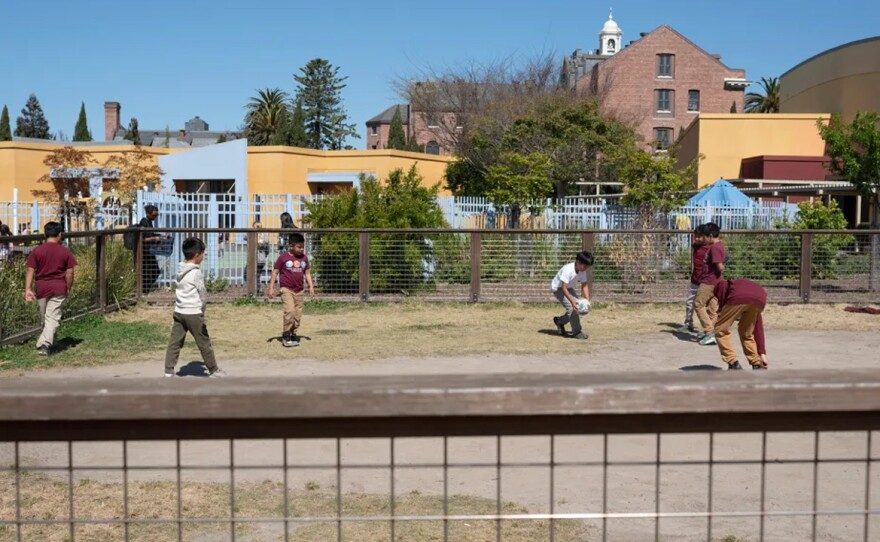
Glazer denied Calmatters’ request for an interview, saying he is not directly involved in the decision making of this issue.
California already has committed to increasing the tree canopy on schoolyards on paper, but how that will happen is unclear.
In the state’s Nature-Based Solutions Climate Targets published in April, officials said the state would prioritize greening schoolyards through its School Facility Program, “ensuring greening schoolyards is not just a consideration but an integral expectation when local educational agencies undertake new school construction projects and modernization projects.”
Gov. Gavin Newsom’s office did not answer questions about plans to fund greening school projects. Alex Stack, a Newsom spokesperson, said “No other governor has done as much as Gov. Newsom to protect people from extreme heat.”
Stacks said the green schoolyard grants already allocated are part of Newsom’s 2022 Extreme Heat Action Plan, funded by $52.3 billion in the California Climate Commitment budget.
Newsom cut the climate budget, and other parts of the budget, by more than 7% in his May revised proposal.
This article was originally published by CalMatters.



